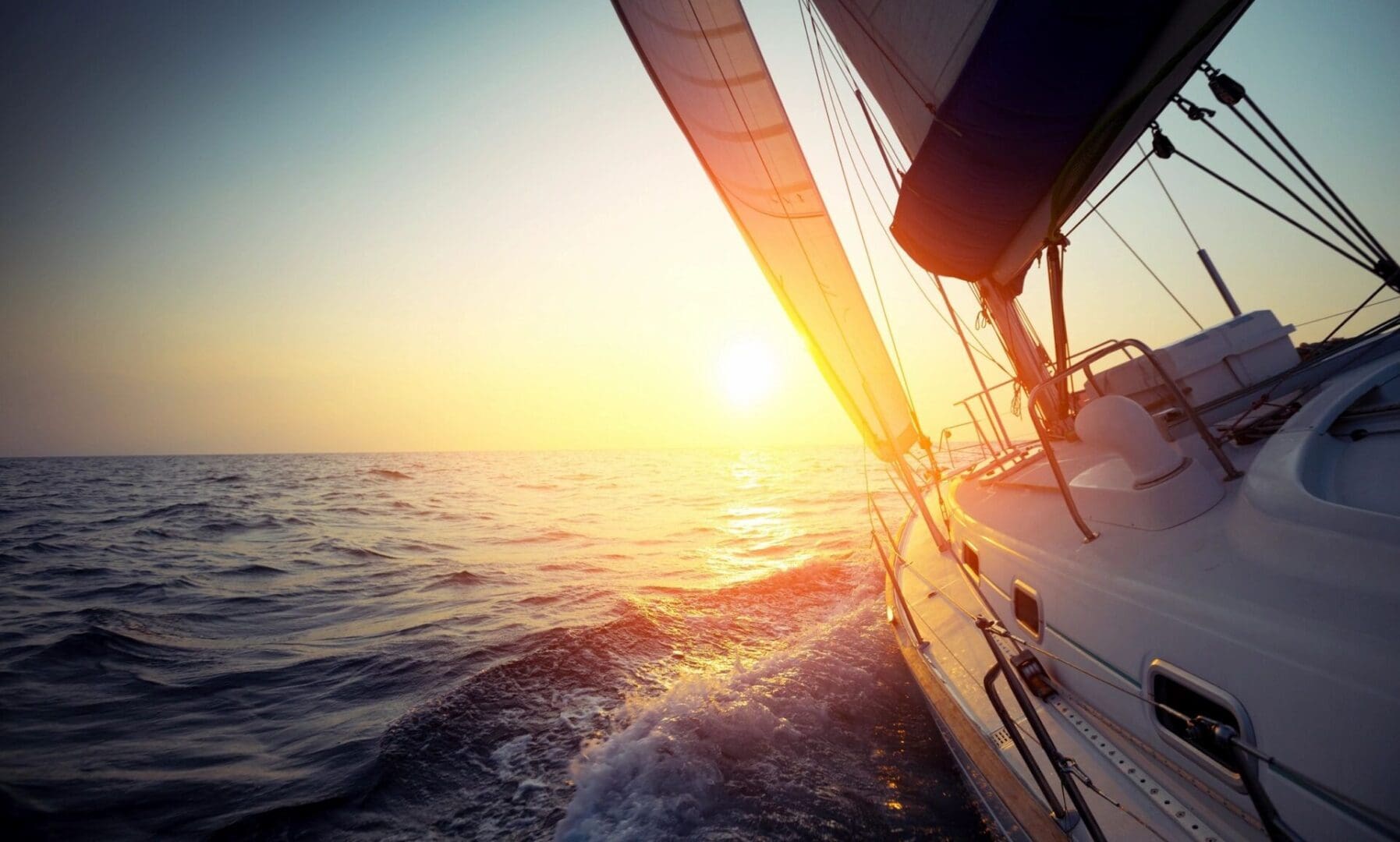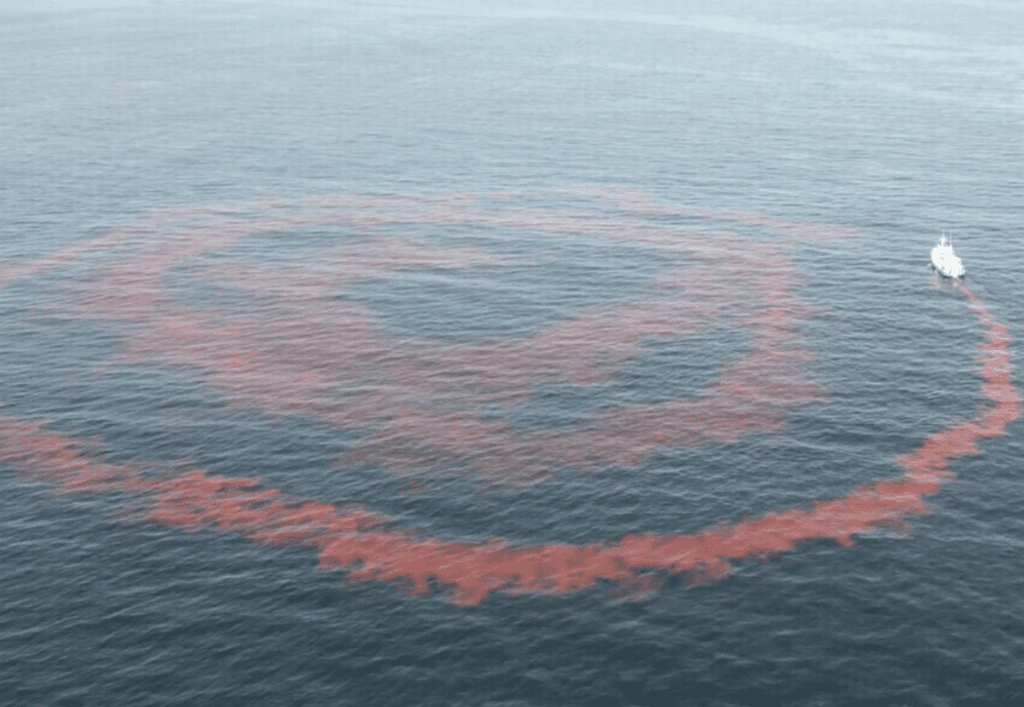Search Posts
Recent Posts
- GriefSpeak: Waiting for Dad – Mari Nardolillo Dias June 13, 2025
- Rhode Island Weather for June 13, 2025 – Jack Donnelly June 13, 2025
- Urgent call by Rhode Island Blood Center for Type O- and B- blood June 13, 2025
- Real Estate in RI: Ready, Set, Own. Pathway to Homeownership workshop June 13, 2025
- Outdoors in RI – Risky cattails, Fight the Bite mosquito report, 2A gun ban bill update June 13, 2025
Categories
Subscribe!
Thanks for subscribing! Please check your email for further instructions.

Climate change experiment on hold to put lye and caustic soda into ocean – The Nantucket Current
WHOI Delays Geoengineering Experiment To Combat Climate Change In Waters Off Nantucket
JohnCarl McGrady • Aug 26, 2024 – The Nantucket Current – Photo
Facing pressure from the National Marine Fisheries Service and difficulty in acquiring a fully-equipped research vessel, Woods Hole Oceanographic Institute has delayed a controversial small-scale study on the effects of ocean alkalinity until next summer.
Dubbed the “LOC-NESS” project – short for Locking away Ocean Carbon in the Northeast Shelf and Slope – the experiment involves dumping 20 metric tonnes of sodium hydroxide (also known as lye and caustic soda) and up to 75 kilograms of tracer dye into the water southwest of Nantucket.
The experiment will be “one of the first of its kind in the world, and the first of its kind in the Northeast United States.”

Initially scheduled to begin this month, the experiment will have to wait another year after scheduling conflicts prevented Woods Hole from using the research vessel they needed to monitor the effects of the sodium hydroxide. The delay will also give more time for the experiment’s opponents to make their case.
In a letter of concern to the Environmental Protection Agency, which supports the experiment as necessary and safe, the National Marine Fisheries Services wrote that “the proposed experiment has the potential to injure or kill all life stage of federally-managed species (especially planktonic egg and larval stages) that may occur in the action area.”
Woods Hole scientists believe the experiment is a critical step in the fight against climate change and human-caused ocean acidification.
If successful, ocean alkalinity enhancement could increase the ocean’s ability to remove carbon dioxide from the atmosphere, lessening the effects of climate change. As the world’s biggest carbon sink, the ocean is a key part of the fight against climate change, and a more alkaline ocean can sequester more carbon—and is healthier for aquatic life. Carbon dioxide interacts with naturally occurring chemicals in ocean water to form bicarbonate, which can store carbon dioxide longer than most biological sinks. By pouring sodium hydroxide into the water, Woods Hole hopes to test whether humans can boost ocean alkalinity and reduce atmospheric carbon dioxide in one stroke.
But despite its potential benefits, the experiment has received sharp pushback from environmentalist groups such as Friends of the Earth and local fishermen.
Reprinted with permissions from The Nantucket Current
